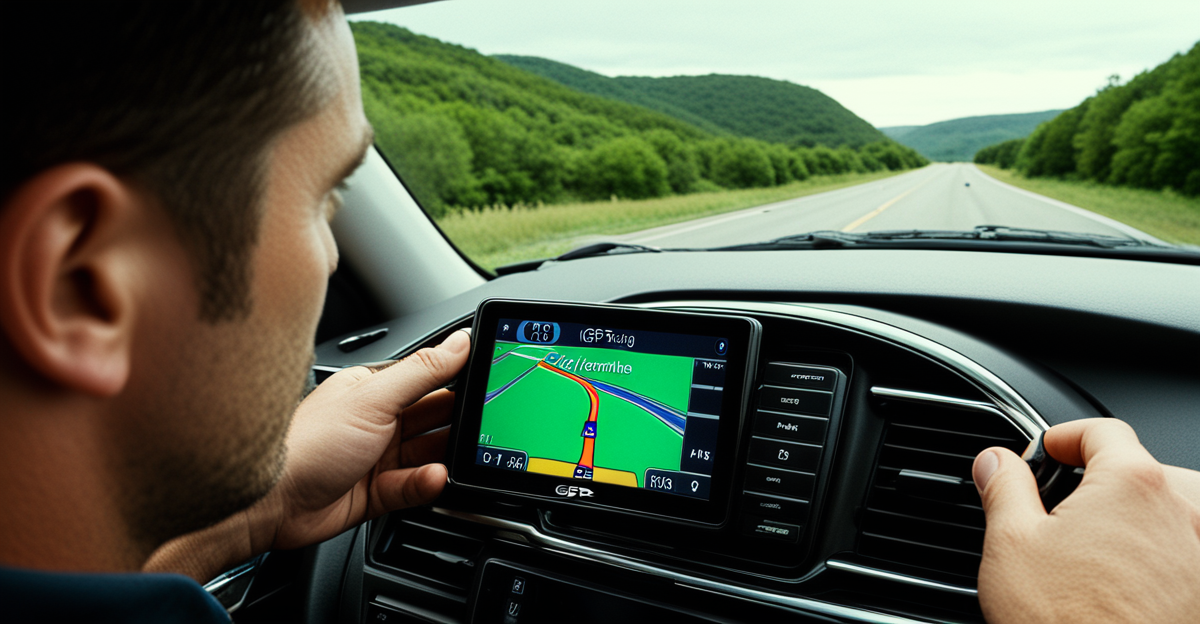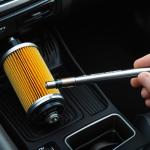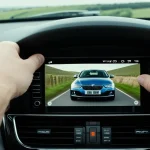Immediate Safety Precautions Before GPS Tracker Installation
Before starting GPS tracker installation, following a rigorous vehicle safety checklist is crucial. First, ensure the workspace is well-lit, clean, and free of hazards to maintain a safe environment. Preparation steps for GPS installation also include gathering all necessary tools—such as insulated screwdrivers, wire strippers, and voltage testers—along with personal protective equipment like gloves and safety glasses.
A key electrical safety tip is to disconnect the vehicle’s battery before any wiring begins. This step prevents unintentional shorts or shocks that could damage sensitive electronics. Secure the vehicle by parking it on a flat surface and engaging the parking brake, so it remains stable throughout installation.
Topic to read : Winter-Proof Your Vehicle: Crucial Strategies for Caring for Adaptive Cruise Control Sensors in Cold Conditions
Double-check that you understand the vehicle’s wiring diagram to avoid accidental interference with critical systems. This preparation reduces risks and sets a strong foundation for smooth installation. Taking time to organize tools and materials beforehand also streamlines the process and helps avoid rushing, which can lead to mistakes or safety issues.
In sum, thorough workspace preparation, proper handling of electrical components, and following a detailed safety checklist form the essential starting point for any GPS installation. These preparation steps for GPS installation safeguard both the installer and the vehicle.
Also to read : Essential Fuel Filter Replacement Tips for Your Petrol Car: The Ultimate Safety Guide for a Hassle-Free Experience
Step-by-Step Guide to Installing Your GPS Tracking System
Starting a DIY GPS tracker installation requires clear, simple steps to ensure safety and functionality. Begin by reviewing all manufacturer recommendations—this helps tailor installation to your specific tracker model and vehicle type. Understanding these guidelines prevents common pitfalls and supports a smooth GPS system setup.
Choosing the right mounting location is crucial. Select spots with a clear view of the sky, like near the windshield or dashboard, to optimize signal strength. Avoid areas prone to moisture or extreme heat to protect the device’s longevity. Prioritize secure attachment to prevent movement or damage during vehicle operation.
Proper wiring and connection techniques are essential for reliable performance. Use insulated tools to connect power and ground wires carefully, aligning with your vehicle’s wiring diagram. Double-check connections to ensure no loose contacts or exposed wires remain. This approach minimizes electrical risks and maintains vehicle safety.
Following these simple installation steps strengthens safety and efficiency during your GPS tracker setup—making it a manageable task even for beginners. Through systematic application of these practices, users can achieve confident, accurate installation outcomes.
Essential Vehicle and Electrical Safety Guidelines
A critical element in GPS tracker installation is to protect car electronics from damage caused by improper wiring or electrical shorts. To achieve this, prioritize vehicle wiring safety by always disconnecting the battery before starting the installation. This precaution prevents voltage spikes or accidental grounding that could harm your vehicle’s sensitive electronics.
After completing the wiring, conduct a thorough post-installation safety check. Use a multimeter to verify correct voltage levels and ensure no wires are pinched or exposed. Confirm that all connections are tight and insulated properly to avoid future electrical faults.
An inspector’s checklist is invaluable for final installation review. It should include checks for:
- Proper grounding and fuse placement
- Secure cable routing without strain on connectors
- Absence of interference with vehicle control modules
Before reconnecting the battery, double-check all wiring to reduce risks of malfunction. Once the battery is reconnected, validate the tracker’s initial operation by testing for consistent GPS signal and power status indicators. Following these vehicle wiring safety measures protects your vehicle’s electronics and ensures the GPS system functions reliably from the start.
Quick Reference: GPS Tracker Installation Tools & Preparations
Before beginning your GPS system setup, assembling a comprehensive GPS installation tool list is an essential preparation step. Key tools include insulated screwdrivers, wire strippers, multimeters, and voltage testers. These instruments enable precise wiring and safeguard against electrical hazards, aligning with critical electrical safety tips. Protective gear such as gloves and safety glasses should never be overlooked to reduce injury risk.
A thorough setup checklist helps maintain order and ensures all materials are at hand before installation starts. This checklist typically covers tools, mounting hardware, wiring components, and the GPS device itself. Having these ready supports a smooth preparation step for GPS installation and minimizes rush or oversight during the process.
For beginners, a detailed prep guide that incorporates vehicle-specific wiring diagrams and installation manuals is invaluable. This resource clarifies correct wire routing and connection points, which bolsters vehicle safety checklist compliance and prevents damage. Using manufacturer resources to their full extent optimizes accuracy and efficiency, making the installation safer and more reliable overall.
Common Installation Mistakes and How to Avoid Them
Avoiding installation errors is vital to ensure your GPS tracker performs reliably without damaging your vehicle. A frequent mistake is incorrect wiring—such as confusing power and ground connections—which can cause device failure or electrical shorts. Always follow the vehicle’s wiring diagram carefully to prevent such issues.
Improper placement is another common error. Placing the tracker where signal reception is blocked, like under thick metal panels or inside glove compartments, reduces GPS accuracy. Select a mounting location with an unobstructed view of the sky to optimize signal strength and avoid tracking inconsistencies.
Interference with vehicle systems can occur when cables are routed near control modules or airbag wiring, potentially causing malfunctions. Keep wiring separate from critical electronics and use insulated tools to maintain vehicle safety.
Secure mounting is essential to prevent the device from shifting or disconnecting due to vibrations. Employ appropriate mounts or double-sided tape recommended in the preparation steps for GPS installation. Also, ensure the tracker is weatherproofed if exposed to moisture, as water damage is a common cause of failure.
By anticipating these installation errors and carefully planning your setup, you reduce troubleshooting efforts and protect your vehicle from damage.
Immediate Safety Precautions Before GPS Tracker Installation
A comprehensive vehicle safety checklist is the foundation for a successful GPS installation. Start by verifying the workspace is clean, well-lit, and free from obstructions to prevent accidents during the process. Equally important is gathering all necessary tools and protective gear, such as insulated screwdrivers, wire strippers, gloves, and safety glasses, as emphasized in electrical safety tips.
A crucial preparation step involves disconnecting the vehicle’s battery to avoid electrical shorts and protect sensitive car electronics. This precaution reduces risk of shocks and equipment damage during wiring. Always confirm the parking brake is engaged and the vehicle is on a stable surface to maintain safety while working.
Before touching wires, review the specific vehicle wiring diagram for accurate identification of power and ground lines. This ensures proper connections and avoids interference with vital systems. Taking these preparation steps for GPS installation seriously ensures a safer environment and reduces the chance of installation errors, ultimately safeguarding both the vehicle and installer.










